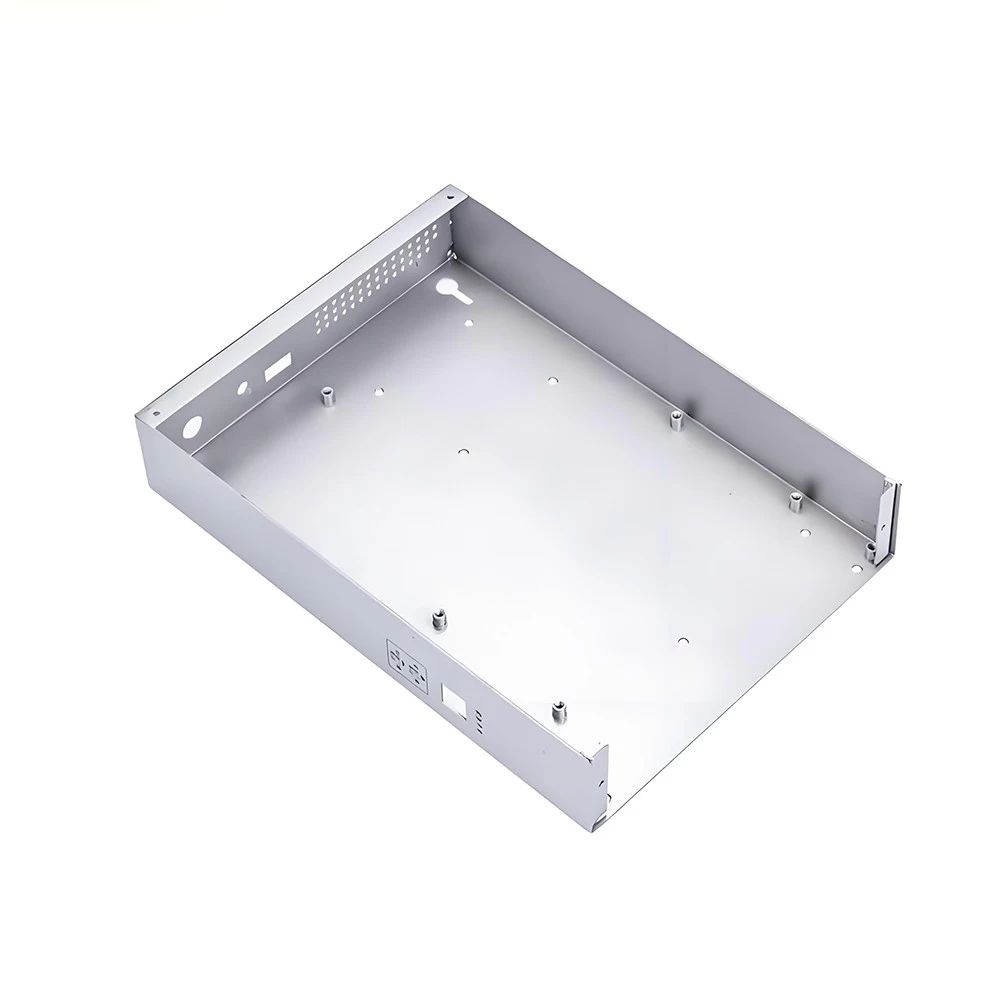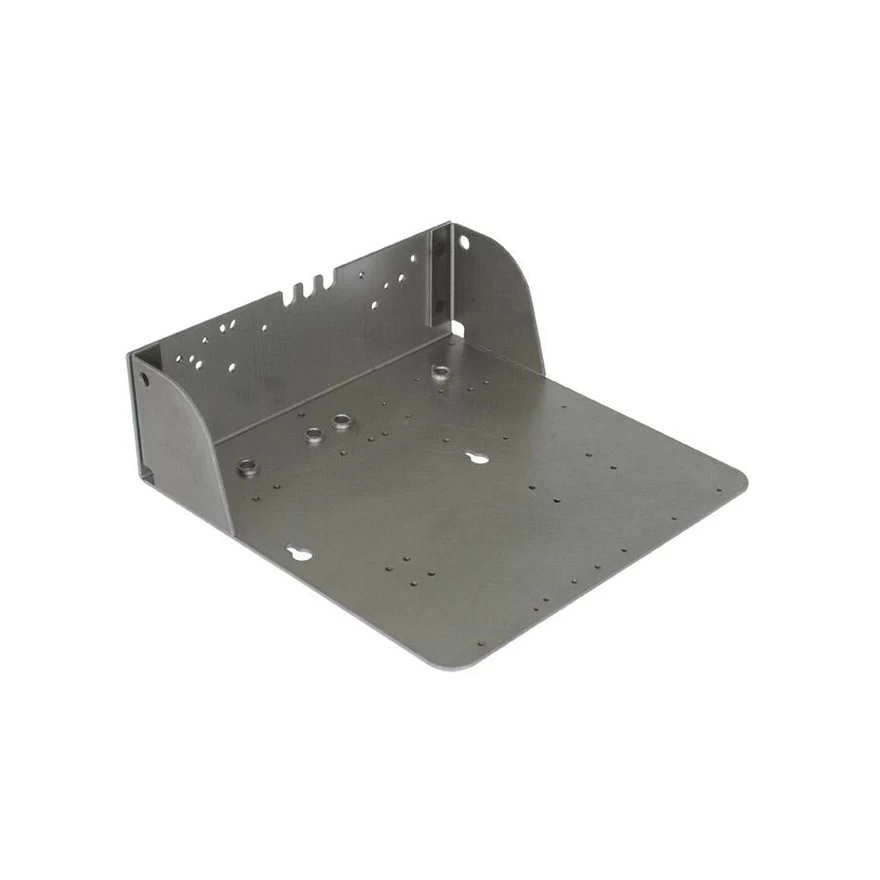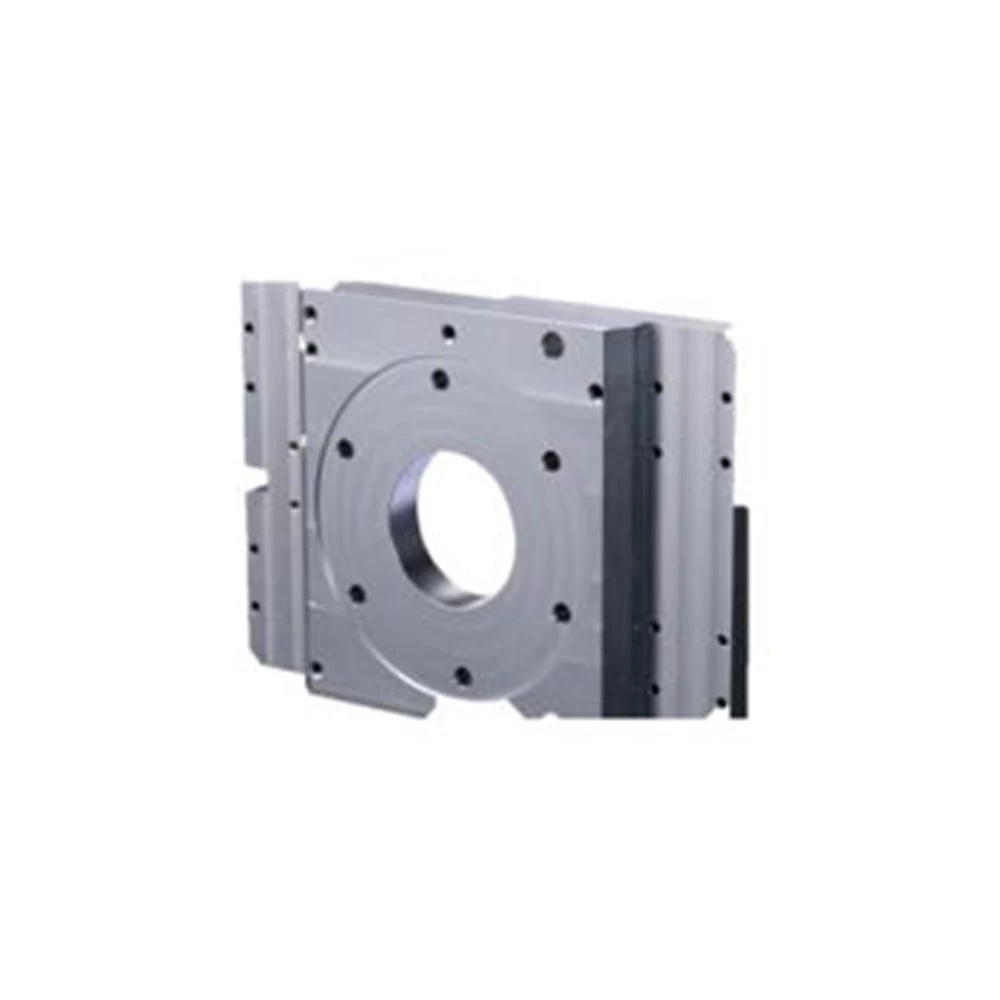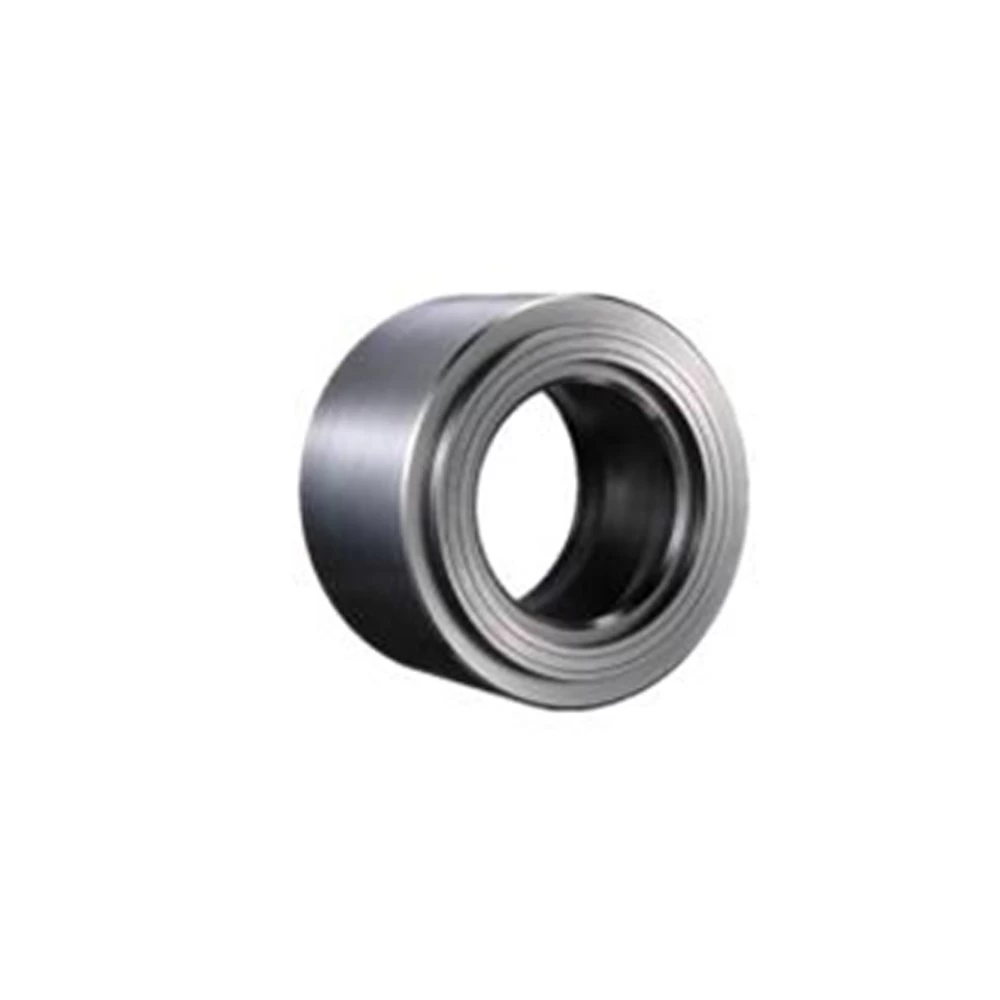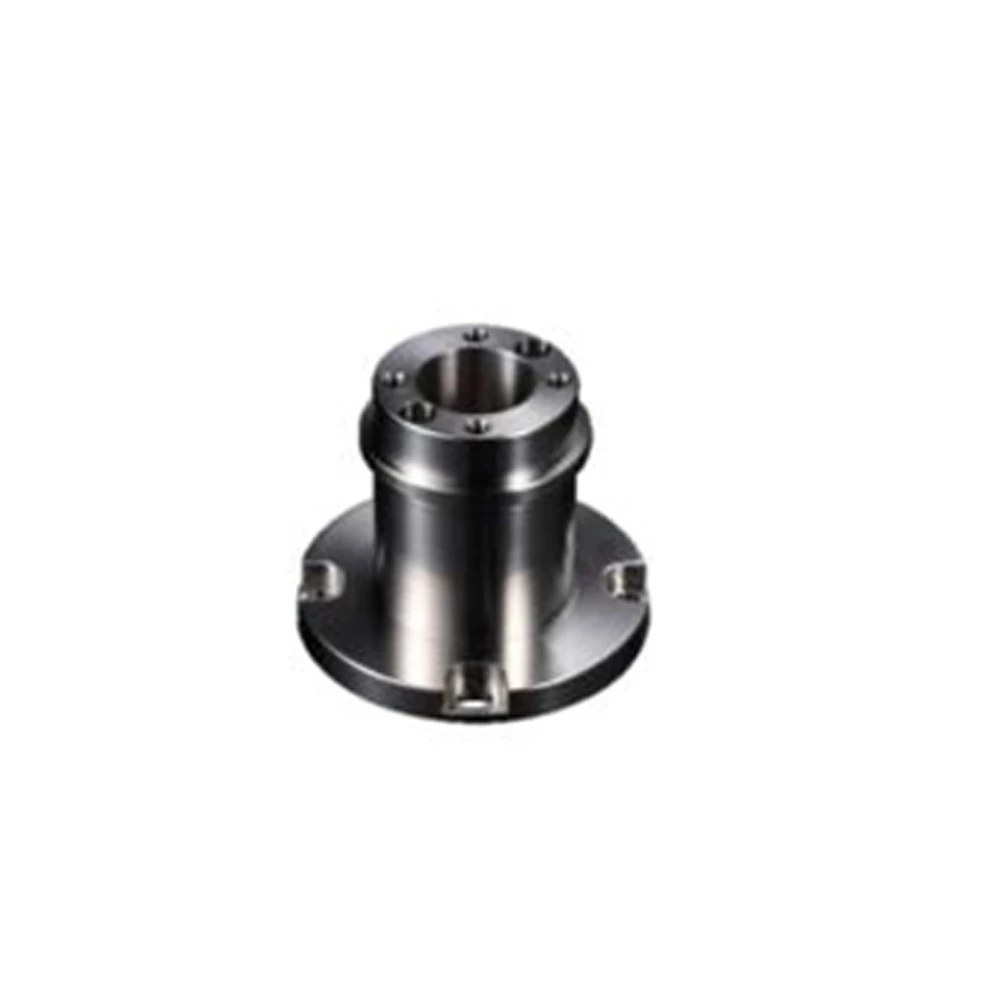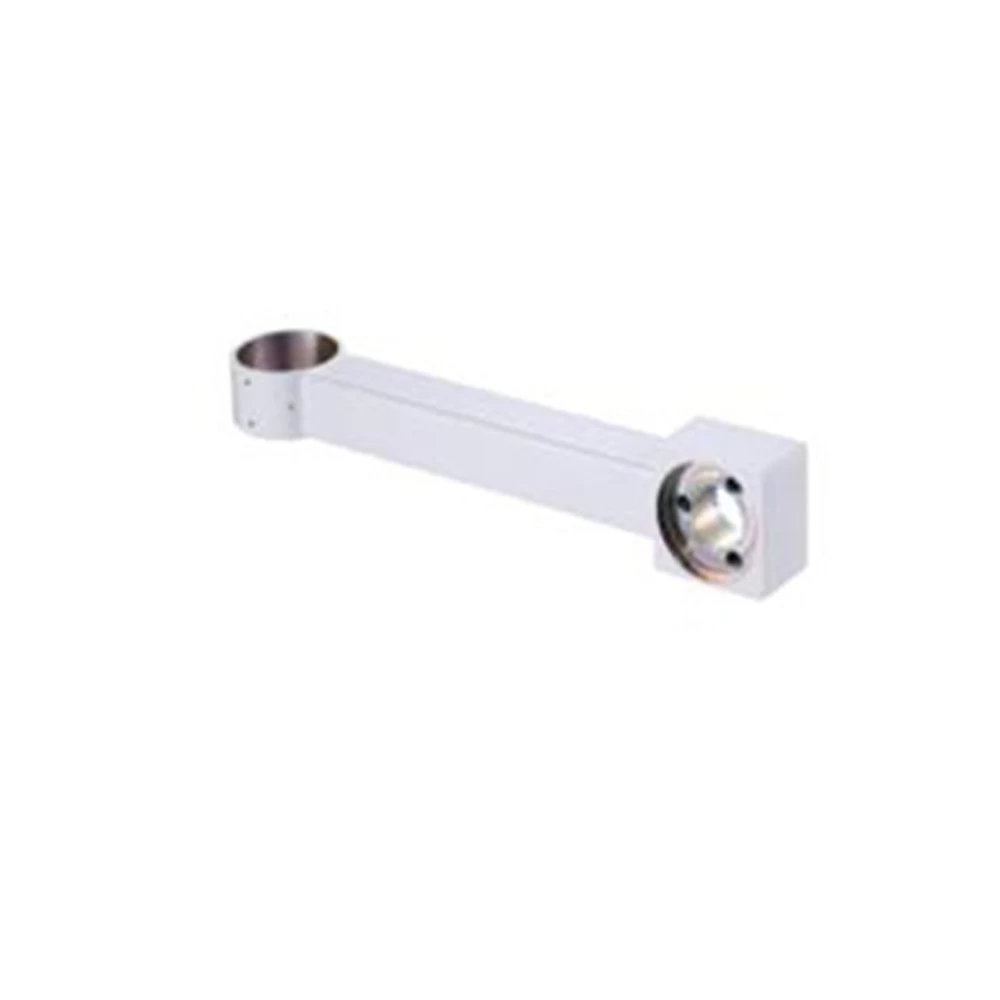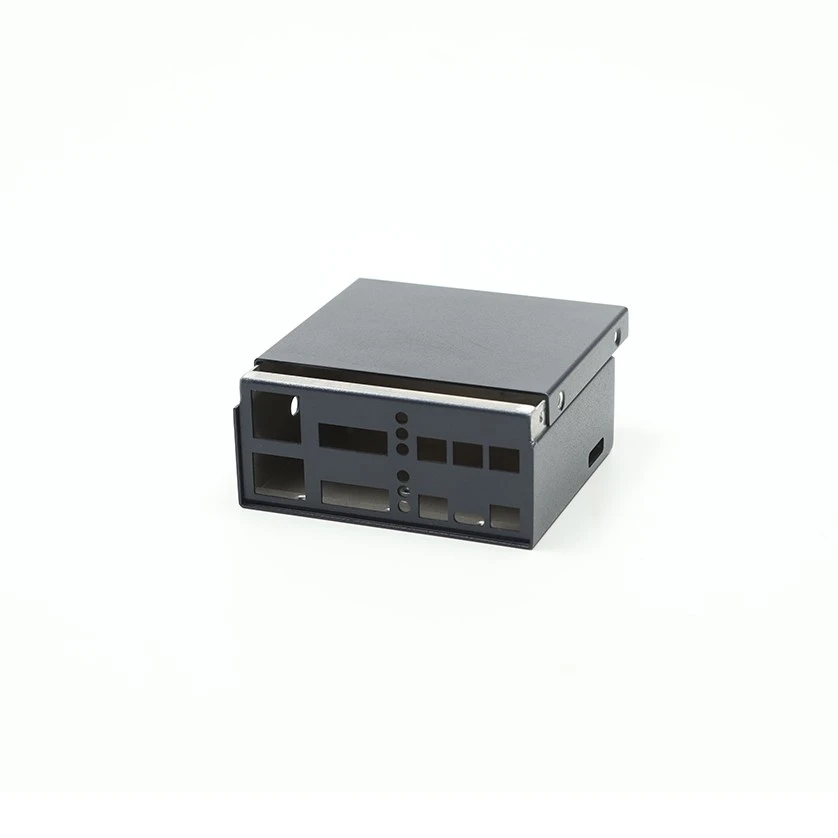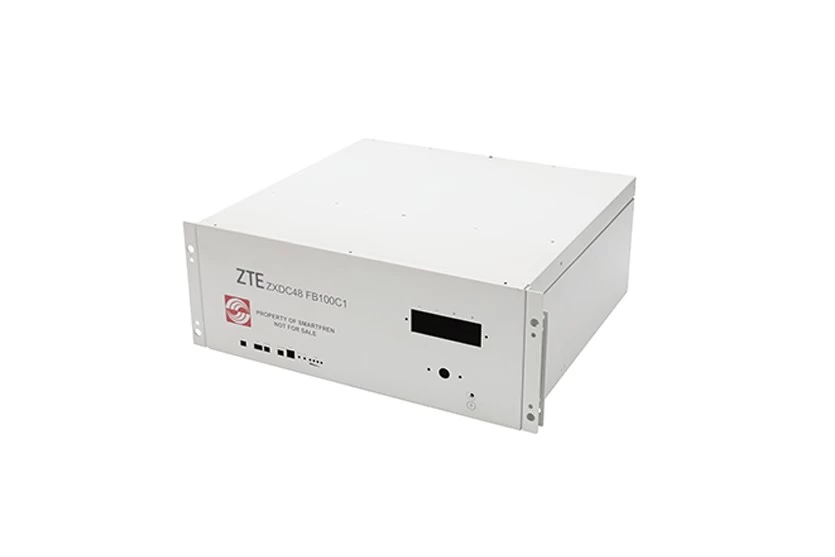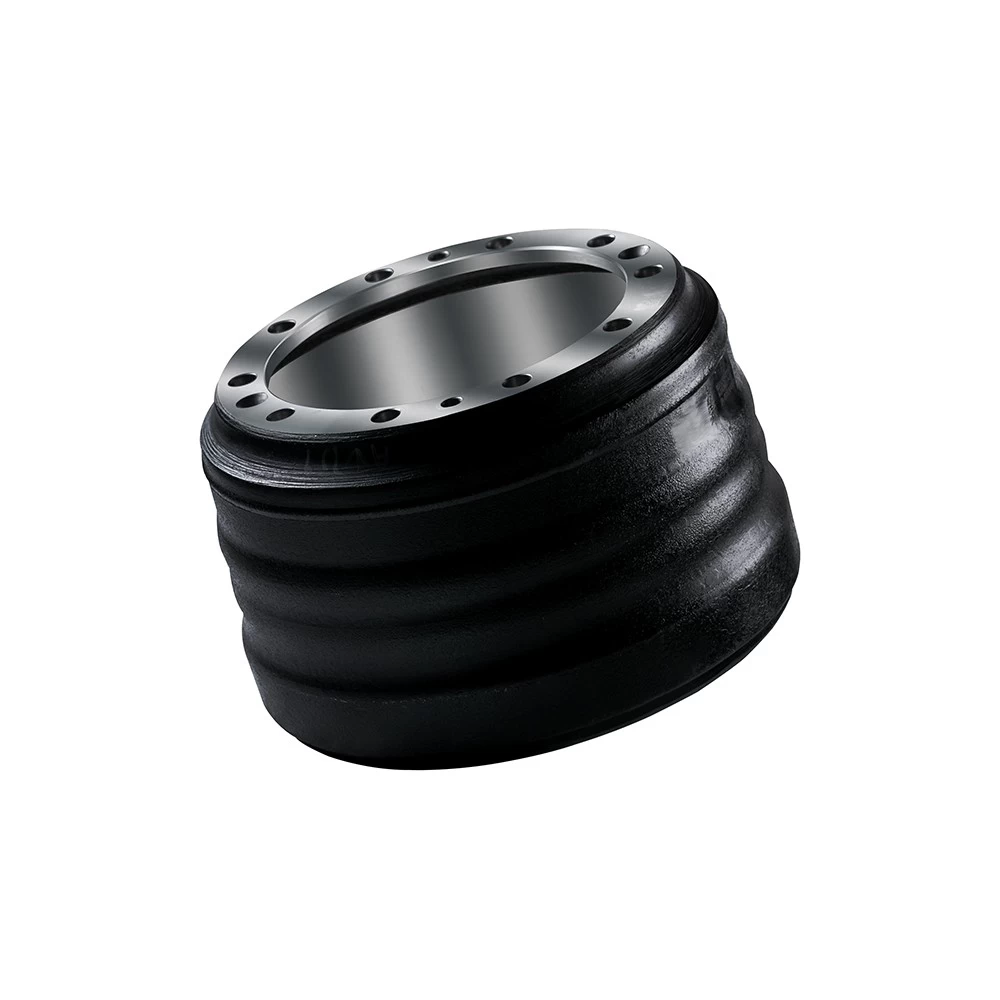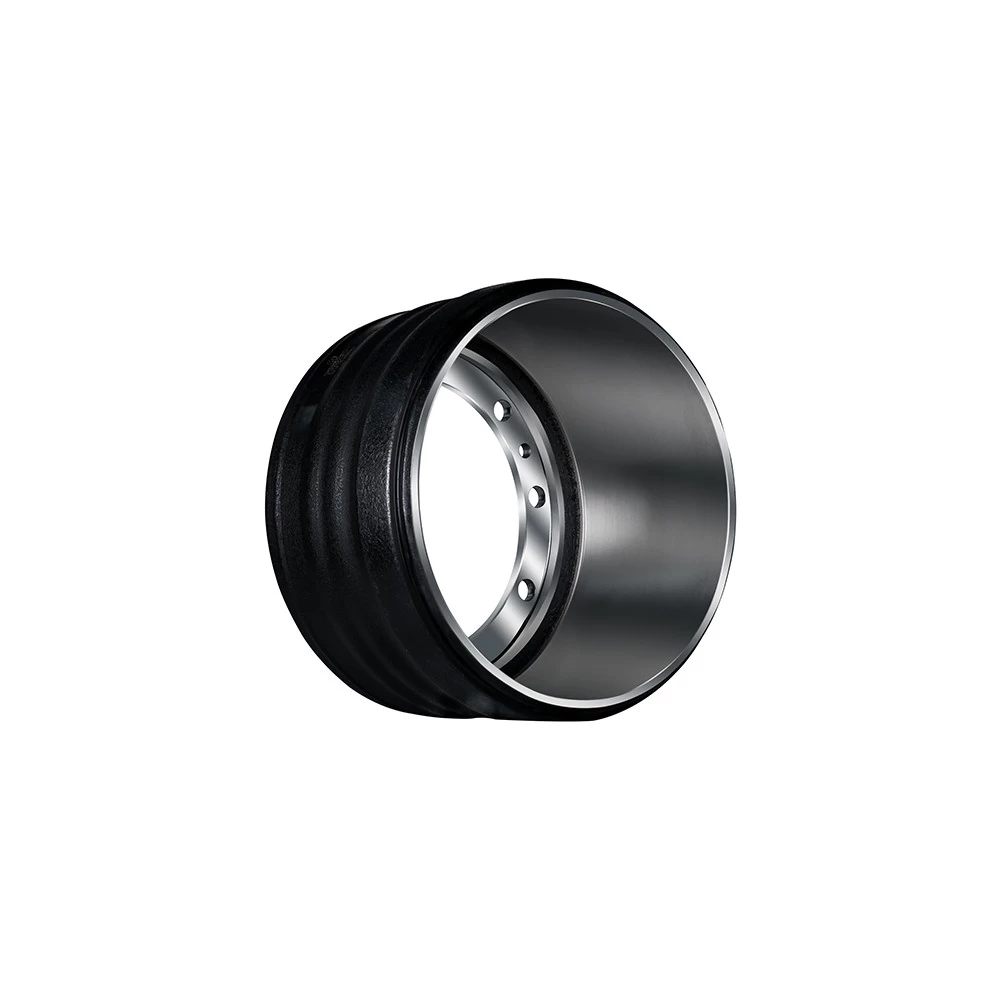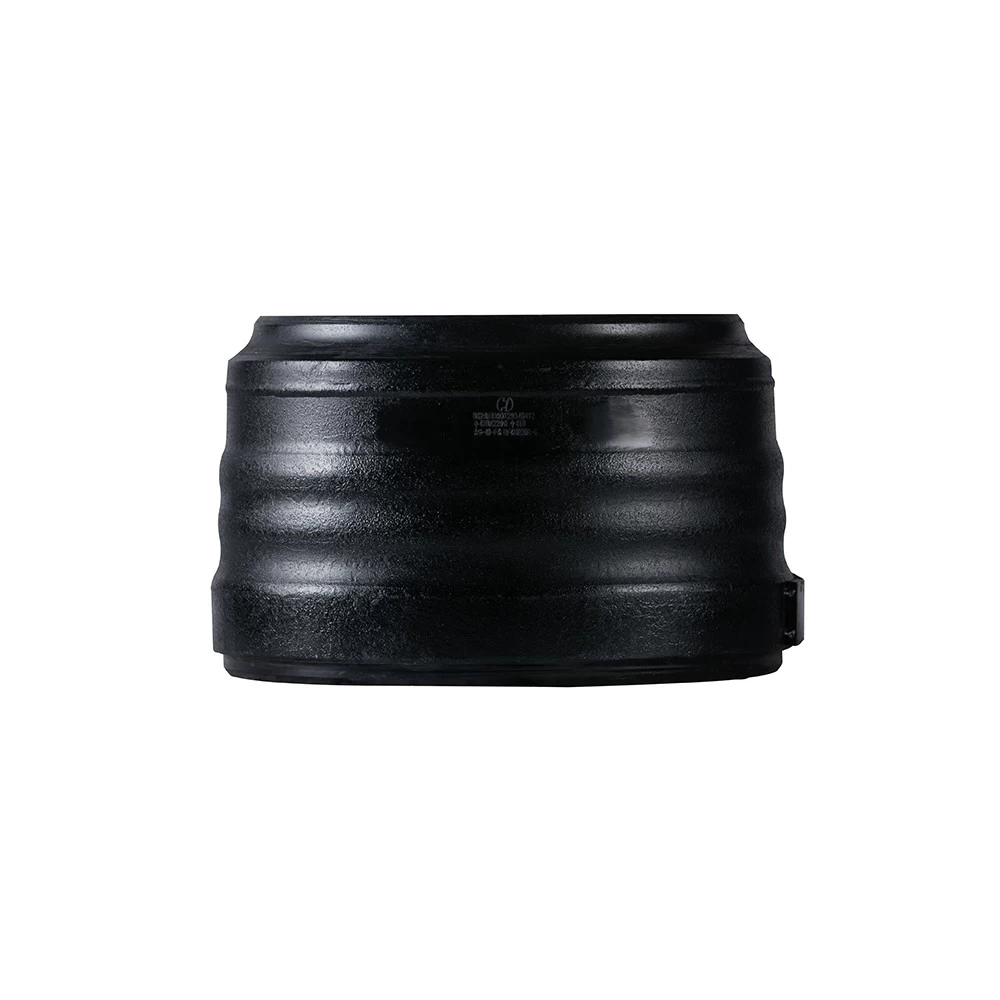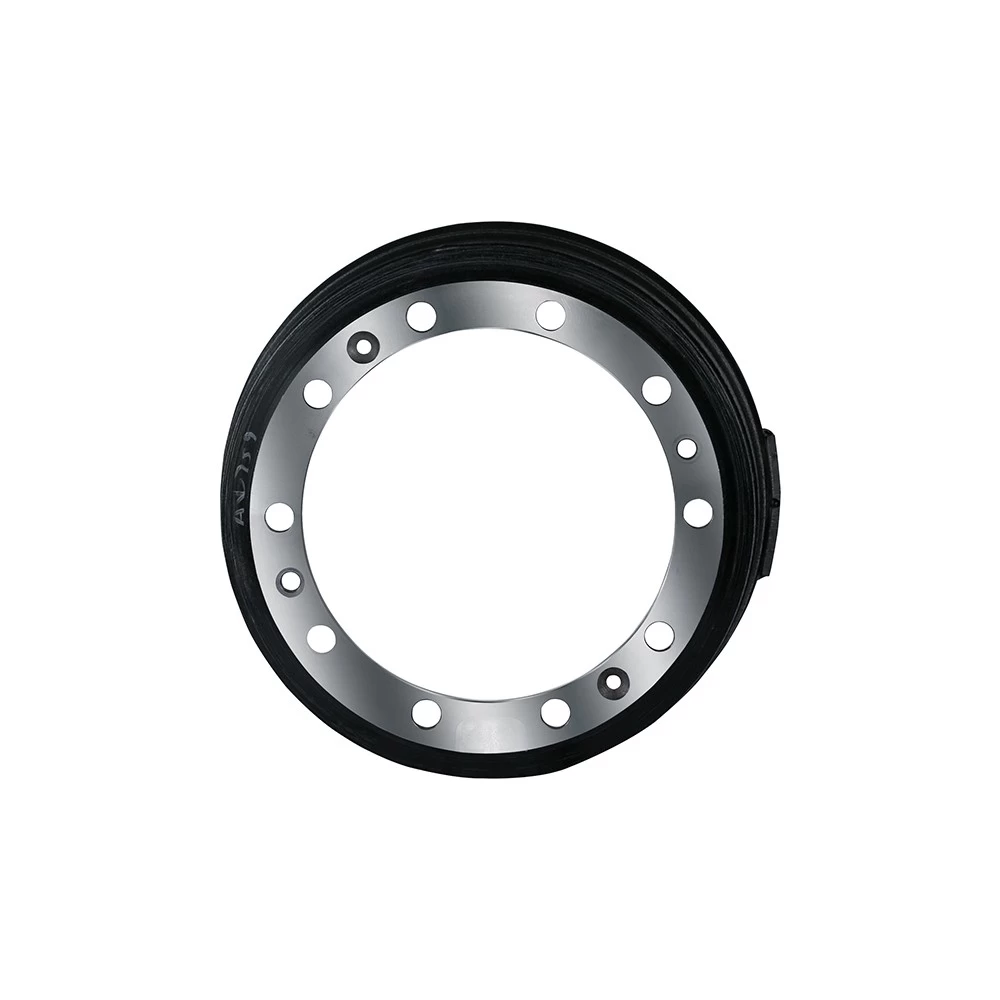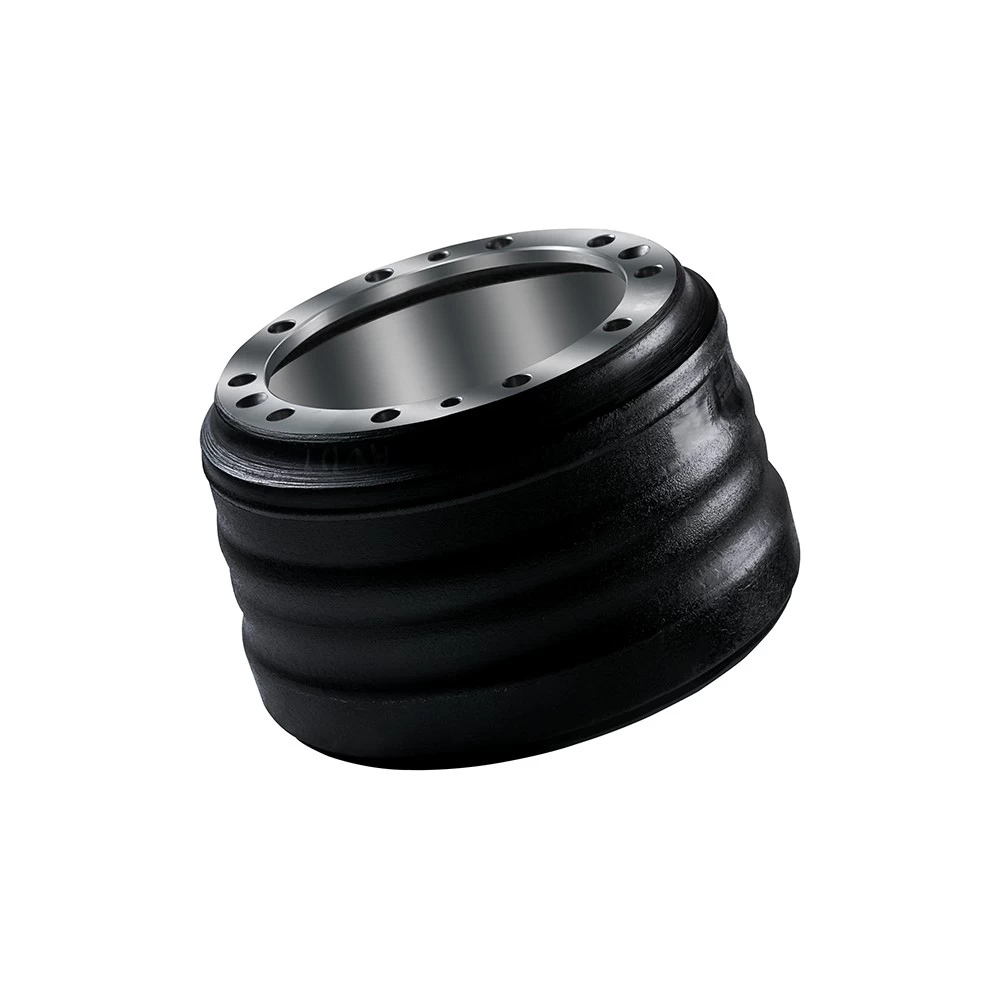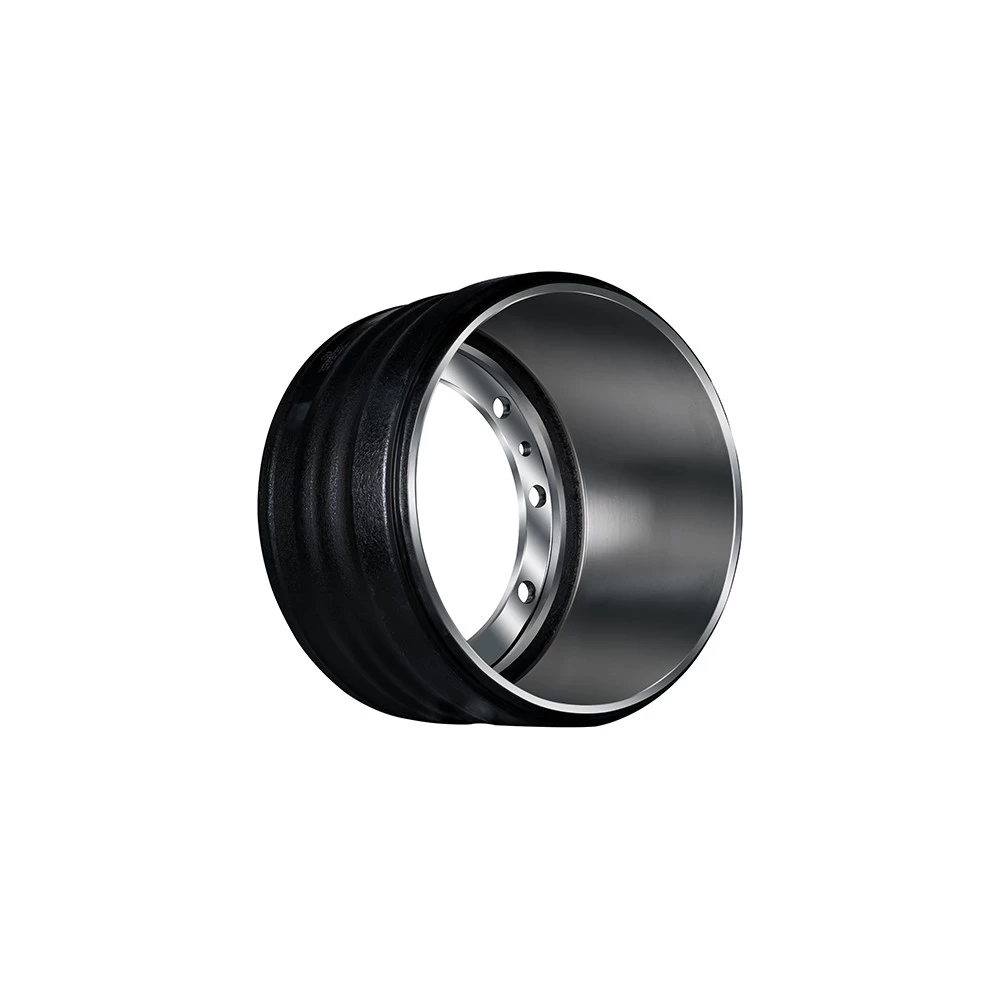- Contact Us
-
Contact: Devin Liu
E-mail: sales@sheetmetal-fabrication.com
Tel: +86 13382165719
Wechat: LGQ4169719 Contact Now
Contact Now
- New Products
- Latest News
-
What Is Sheet Metal Fabrication?
Sheet metal fabrication is the custom design and fabrication of stainless steel, iron, aluminum, galvanized sheet and other materials. The fabricatio...what is advantage of anodic oxidation and anodized ?
Anodizing (spelled anodizing, in Singapore, the UK, India, and Australia) is an electrolytic passivation process used to increase the thickness of the...China Internation Furniture Fair 2017
From September 11 to 14, 2017, the 40th CIFF Shanghai will present a fantastic feast for the furniture and home furnishings industry. CIFF features th...How coronavirus impact global economy?
The coronavirus outbreak, which originated in China, has infected more than 200,000 people. Its spread has left businesses around the world counting c...
- Subscribe
-
Get email updates on new products
High Quality Auto Brake Drum China Brakes and Drums Manufacturer
- Model: K8-018
- Material: Bimetallic Composite Brake Drum
- Braking Surface
- Shell Thickness: 5.5mm
- Grey Iron Thickness: 13mm
- Tensile Strength of Circumferential Section 1mm: 5060N
- Yield Force of Circumferential Section 1mm: 1402.5N
- Elongation: Yes
- Tensile Strength of Circumferential Section 1mm Lift over Conventional: 1.11
- Flange Root
- Shell Thickness: 12.5mm
- Tensile Strength of Circumferential Section 1mm: 5000N
- Circumferential section 1mm Yield: 3187.5N
- Elongation: Yes
- Circumferential section 1mm Tensile strength over conventional lift: 1.157
High Quality Auto Brake Drum China Brakes and Drums Manufacturer
As a premier China Brakes and Drums Manufacturer, High Quality Auto Brake Drum delivers uncompromising safety and durability for global vehicles. Our core product – the China Auto Brake Drum – is engineered with high-grade alloys, undergoing rigorous heat treatment and precision machining to withstand extreme friction, reduce noise, and ensure consistent braking performance.
Why partner with us?
✅ Reliable OEM/ODM Expertise: Advanced casting technology and 100% QC inspection guarantee drum integrity.
✅ High-Volume Efficiency: Streamlined production meets bulk demands without sacrificing quality.
✅ Global Compliance: Products exceed international standards (ISO, DOT, ECE).
Choose High Quality Auto Brake Drum – where innovation meets industrial strength. As your dedicated China Auto Brake Drum Manufacturer, we empower your fleet with safety-driven solutions at competitive value.
Request samples or quotes today – engineered excellence from China’s braking hub.

Product Specification
| Model | K8-018 | |
| Material | Bimetallic Composite | |
| Braking Surface | Shell Thickness | 5.5mm |
| Grey Iron Thickness | 13mm | |
| Tensile Strength of Circumferential Section 1mm | 5060N | |
| Yield Force of Circumferential Section 1mm | 1402.5N | |
| Elongation | Yes | |
| Tensile Strength of Circumferential Section 1mm Lift over Conventional | 1.11 | |
| Flange Root | Shell Thickness | 12.5mm |
| Tensile Strength of Circumferential Section 1mm | 5000N | |
| Yield Force of Circumferential Section 1mm | 3187.5N | |
| Elongation | Yes | |
| Tensile Strength of Circumferential Section 1mm Lift over Conventional | 1.157 | |
Product Pictures

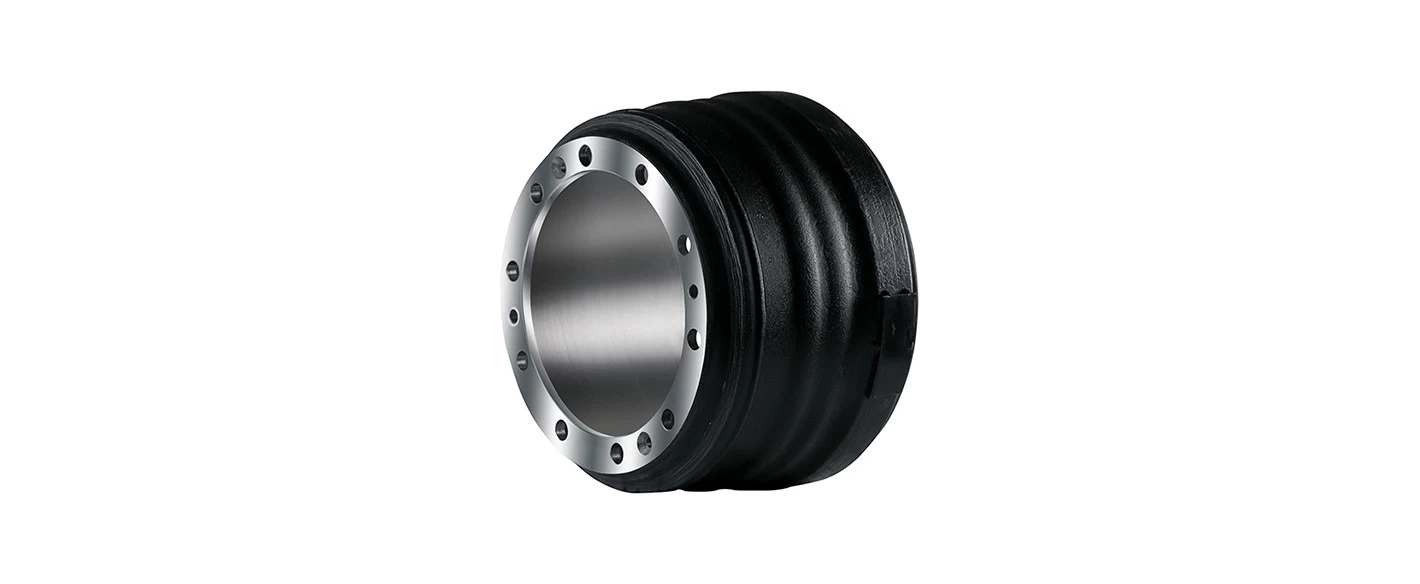
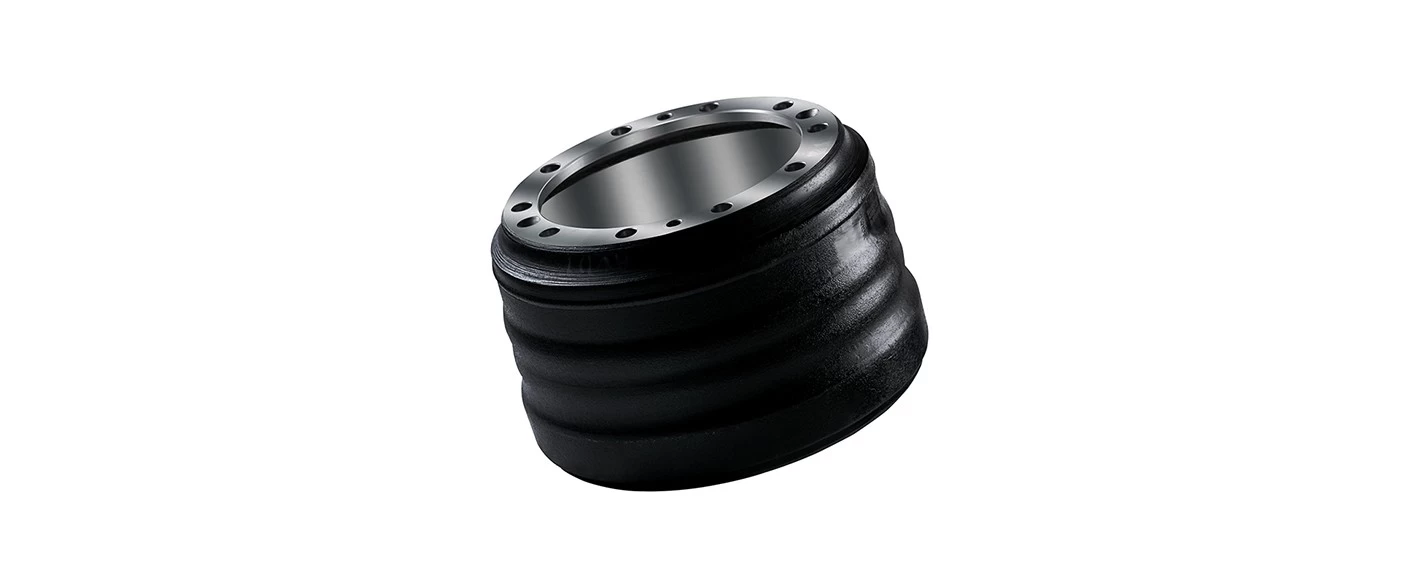
Product Dimension
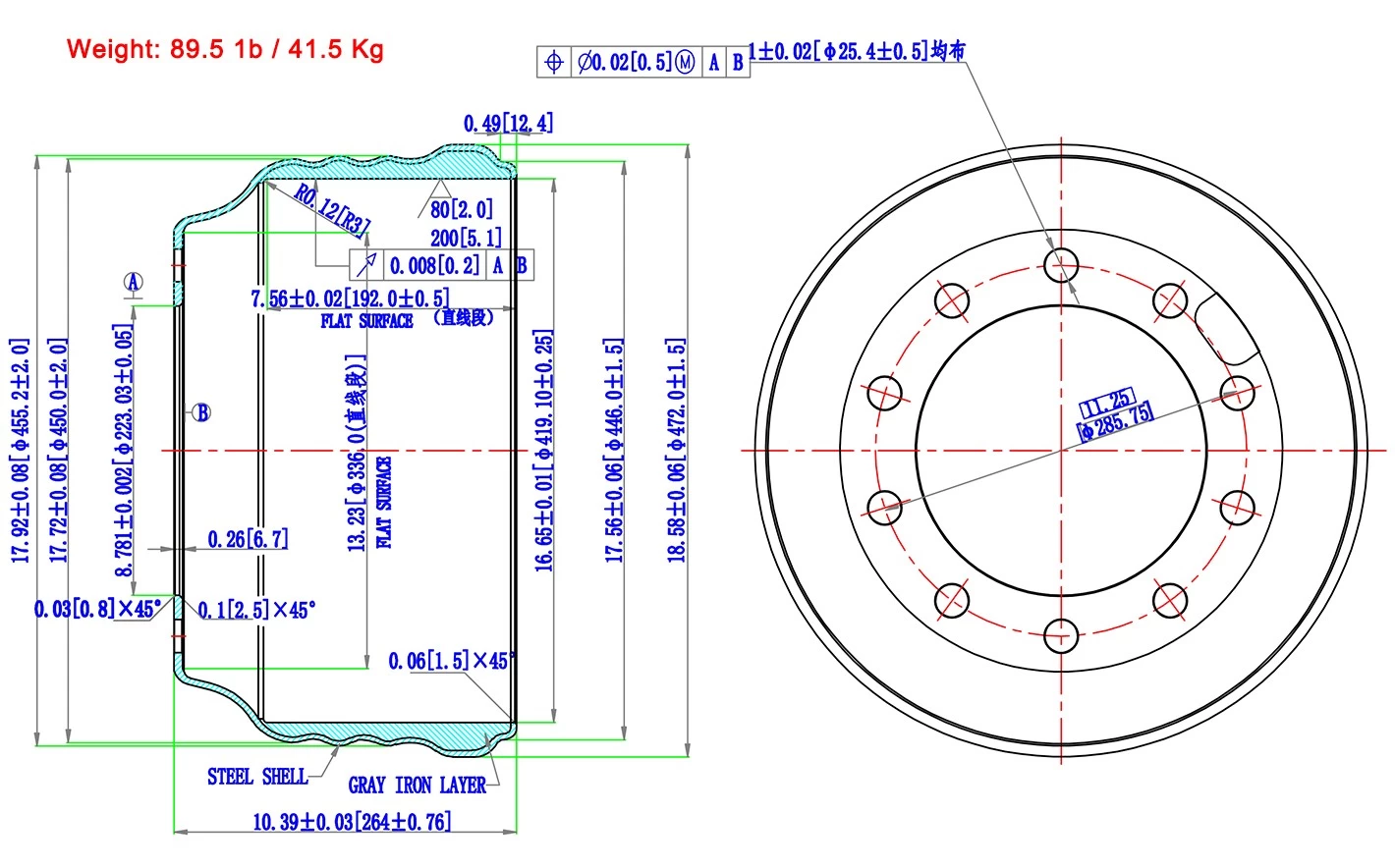
FAQ
Q: What is a tandem drum brake?
A: A tandem drum brake is a single brake assembly (typically on the rear axle) where two separate pairs of brake shoes are mounted concentrically inside one brake drum. Each pair is actuated by its own hydraulic wheel cylinder (primary and secondary), often working in tandem for increased braking force or to serve different functions (service brake and parking brake).
Q: How does a tandem drum brake work?
A: Hydraulic pressure from the master cylinder is applied to both wheel cylinders simultaneously. The primary cylinder pushes the leading (front) shoes outward against the drum. The secondary cylinder pushes the trailing (rear) shoes outward. The rotation of the drum creates a self-energizing effect, wedging the shoes tighter for more force. Often, one set (usually the secondary) is also linked to the parking brake mechanism.
Q: Why is it important to replace brake shoes in axle sets?
A: Brake shoes should always be replaced on both wheels of the same axle at the same time. Replacing only one side creates an imbalance in braking force, leading to dangerous vehicle pulling during braking, uneven tire wear, and potential instability.
Q: How is the parking brake integrated with a tandem drum brake?
A: The parking brake cable usually connects directly to the lever on the secondary brake shoe assembly. Applying the parking brake mechanically forces the secondary shoes outward against the drum, locking the wheel. This is why parking brake issues often point to problems within the drum brake assembly itself.
Q: Are tandem drum brakes still used on modern cars?
A: While less common than in the past, yes. They are still frequently found on the rear axle of many economy cars, trucks, and SUVs, primarily due to the ease of integrating the parking brake and cost-effectiveness. Front brakes are almost universally disc brakes on modern vehicles for superior performance.
Q: What are the disadvantages of tandem drum brakes?
A: Main disadvantages include: Heat Dissipation: Drums trap heat more than ventilated discs, leading to brake fade under heavy or repeated braking.
Wet Weather Performance: Water ingress can cause longer stopping distances until friction dries the surfaces.
Complexity: More moving parts (springs, levers, adjusters) than disc calipers, making servicing potentially more involved.
Self-Adjustment Issues: Self-adjusters can stick or fail, leading to reduced brake performance or dragging.
Slower Response: Generally exhibit slightly longer pedal travel and response time compared to discs.
Tel:8613382165719
Wechat:LGQ4169719
Facebook:ahlgq2000@163.com
Contact Person:Devin Liu
PDF Show:PDF



